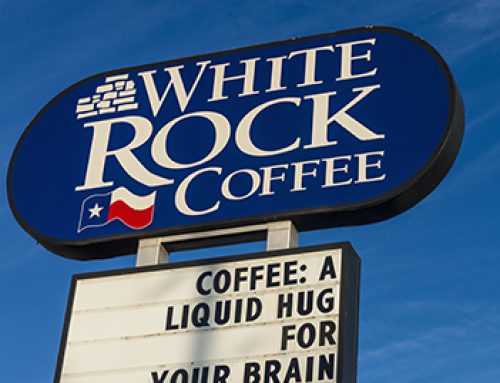
“I couldn’t believe it was $2,600 for an earache.”
It may not be surprising that this comment was about a bill from a freestanding emergency room. What may be surprising, however, is that the comment came from John Trabold, the former CEO of Adeptus, one of the freestanding ER companies with a presence in Dallas.
Trabold was speaking at the recent Bisnow Big South Healthcare event in Houston. The deep dive in Adeptus’ stock prices — from $120/share two years ago to $1.76/share today — was “sending ripples through the once-booming industry, worrying both Wall Street and real estate professionals.” Trabold’s comments about his own son’s experience with a freestanding ER highlighted “the industry’s fundamental problem,” the story notes.
When a new freestanding ER began to pop up on, seemingly, every corner of East Dallas, we wrote about their proliferation and looked into the reason for their sudden appearance. “This phenomena seems about little else than convenience,” Sam Gillespie wrote.
Their convenience recently became a joke on the new Onion-like local blog fakewoodnews.com, where a story about a construction worker injured while building a freestanding ER was taken to other freestanding ERs. In the fictitious story, the doctor who treated the worker notes, “It was nice to treat someone with an actual emergency for once. Usually it is just misinformed families looking for some antibiotics, and we run CT scans on them to make our quota and pay the bills.” Indeed, this was the second freestanding ER the construction worker visited because at the first, “there were 18 people in the waiting room with flu-like symptoms who thought they were at an urgent care facility, so the wait was too long.”
The satirical story is humorous, but for people stuck with a hefty ER bill after such a visit, it’s no laughing matter. The difference in billing from a freestanding ER versus an urgent care clinic can be vast, as can the difference between freestanding ERs, which typically are out-of-network for insured patients, and ERs tied to hospitals, which typically are in-network. In fact, one Colorado patient filed a $5 million lawsuit against Adeptus alleging a “widespread and deceptive business practice” that leaves patients with up to $6,000 in unexpected fees each visit.
The clinics say that it is the patient’s, or consumer’s, job to educate himself, but many also say they provide such information at check-in. One freestanding ER operator told Gillespie last year that “we proactively refer patients with minor complaints to nearby urgent care clinics and other options, as appropriate.”
When its stocks began to dive, Adeptus partnered with Texas Health Resources, owner of Presbyterian Hospital, and its freestanding ER on Northwest Highway and Lake Highlands Drive has rebranded accordingly. Partnerships with hospitals “result in more consumers having in-network access to the emergency centers,” writes Sabriya Rice of the Dallas Morning News, who has reported extensively about freestanding ERs. Another neighborhood ER bolstered by a hospital connection is The ER at Lovers Lane and Matilda, built and owned by Baylor Scott & White Medical Center-White Rock, formerly Doctors Hospital.
These are just two of the five freestanding ERs that have sprung up in East Dallas over the past couple of years. Others are Excellence ER at Skillman and Oram, Frontline ER at one end of the Gaston-Garland-Grand Arboretum Village, and Lakewood ER at Mockingbird and Skillman.
This many freestanding ERs concentrated in one area likely is a result of the high property values and incomes in East Dallas, as these ERs “tend to burgeon in wealthier communities where patients are privately insured and pay high deductibles” and “avoid areas with high concentrations of low-income patients,” Rice reports.
However, Trabold believes their rapid growth may be coming to a halt. At one time, they needed four patients a day to break even; now they need 12 and are “having trouble collecting their bills,” he said.
“Twenty-five years ago you saw a service station getting put on every corner, then 10 years ago you saw banks, then CVS and Walgreens,” he said at the Bisnow event. “Now you’re seeing urgent care and freestanding emergency departments. The latter you may not be seeing as much in the next years.
“We may have a slowdown in this space going forward. Consumers are getting wiser.”
Correction: A previous version of this article incorrectly stated that The ER on Lovers Lane is owned by Emerus.





